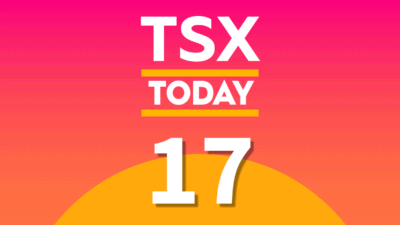A common misconception is that ETFs are only useful to beginners. While it’s true that beginners should consider starting off with ETFs, they aren’t the only investors that can benefit from investing in this kind of holding. ETFs (exchange-traded funds) are usually composed by a basket of assets and track an index. As a result, ETFs can be offered with lower fees than similar financial products.
For example, mutual funds, which are also composed by a basket of assets, are often active funds where a financial professional aims to beat the market given a certain risk-tolerance rating. Because mutual funds are actively being controlled by someone, they are offered with higher fees relative to ETFs.
Because ETFs are composed of a basket of assets, they can also add diversification to your portfolio. This can come as diversification across sectors, market cap, and/or geographic regions. All three types of diversification are essential for investors to consider. By spreading your risk across many companies, you could lower your downside risk.
Finally, ETFs are very transparent and easy to buy and sell. Funds often publish their holdings each day, allowing investors to keep updated on the ETFs they hold or are interested in buying. If for some reason, an investor would like to buy or sell shares of the ETF based on day-to-day changes in the fund, it would be really easy to do so as long as the market is open. Similar products like mutual funds can only be bought or sold at the end of the trading day.
Which three ETFs should investors consider buying today?
The first ETF investors should consider holding is one that tracks the S&P 500. There are many different ETFs to consider. However, because they track the same index, investors don’t really have to spend too much time comparing the different products. The Vanguard S&P 500 Index (TSX:VFV) is very popular among investors because of its very low fees. As of this writing, Vanguard’s S&P 500 Index ETF has a management expense ratio of 0.08%.
Investors will be very familiar with many of the companies held in that ETF. Popular names include Alphabet (Google), Apple, Microsoft, Visa, Tesla, Berkshire Hathaway, and more. Although nearly 30% of the fund is composed of tech companies, the Vanguard S&P 500 Index does provide exposure to 11 different sectors. This provides investors with a lot of diversification, as mentioned previously.
The second ETF that investors should consider is one that tracks the S&P/TSX. This is the index that tracks large companies trading on the TSX. A popular ETF held by investors is iShares Core S&P/TSX Capped Composite Index (TSX:XIC). Through this fund, investors can gain exposure to many popular companies, including Royal Bank of Canada, Shopify, Brookfield Asset Management, and more.
One reason why investors should consider holding this ETF in addition to the S&P 500 is because of the diversification you can obtain, as mentioned previously. The Canadian stock market is more heavily geared towards financial, energy, and industrial companies. This makes it very complementary to the tech-heavy American fund.
Finally, investors could consider investing in the Evolve FANGMA Index (TSX:TECH). As its name suggests, this fund only holds the six American big tech companies. In fact, it’s the first ETF of its kind. This ETF is suitable for more aggressive investors who are looking to increase their weighting towards the big tech companies. In my opinion, this isn’t an ETF that someone should hold as a primary position. Instead, I would treat it as a supplement to one’s portfolio.








